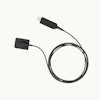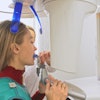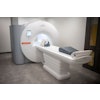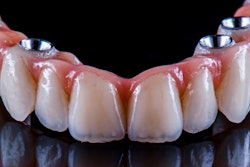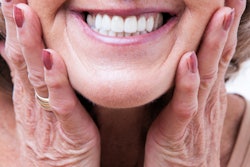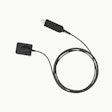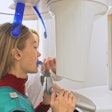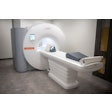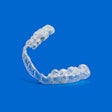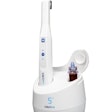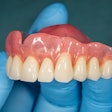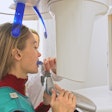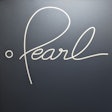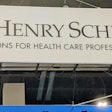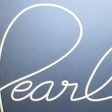Desktop scanners (DS) may be the most reliable for replicating removable complete dentures (RCDs), as the characteristics of the teeth can affect intraoral scanning (IOS) accuracy. The study was recently published in the Journal of the American Dental Association.
Capturing mandibular (Md) RCDs may be easier than maxillary (Mx) ones, highlighting the need to refine techniques and identify factors that improve acquisition for clinical success, the authors wrote.
“The DS is the most reliable for replicating RCDs,” wrote the authors, led by Dr. Louise Le Texier of the University Clermont Auvergne Clinical Odontology Research Center in France (JADA, October 2025, Vol. 156:10, pp. 816-824).
The study evaluated the effectiveness and accuracy of different scanners in replicating RCDs and examined whether adding artificial landmarks (ALs) improved Mx RCD acquisition. Two IOSs and one DS were used to scan 10 Mx and 10 Md RCDs, with the maxillary RCDs rescanned using the scanners and artificial landmarks. All dentures were milled from CAD files and scanned ex vivo before intraoral use to eliminate patient-related variability, they wrote.
The digital design file served as the reference standard for accuracy comparisons. ALs, 3D-printed and wax-mounted onto each denture, were added to assess their impact on scanning success. Scans were performed under natural light in a dental office, with acquisition success defined as a complete digital replication of the RCD within five minutes, and then analyzed.
RCD location did not impact DS performance, but it significantly affected IOS results, with both scanners failing to capture some Mx dentures, mainly due to issues at the palatal vault and posterior border. Md RCDs were easier to acquire, with no failures for Primescan (PS) and DS and only one failure for Trios 4 (TS) at the posterior right border. ALs did not statistically improve Mx RCD acquisition for either IOS, though minor visual improvements were noted on cameo surfaces, they wrote.
Accuracy analysis, limited to Md RCDs, showed DS had the best trueness (mean standard deviation [SD] = 28 [22] μm; p < .05) followed by PS (59 [19] μm) and TS (60 [25] μm). For precision, DS (72 [36] μm) and PS (70 [20] μm) performed similarly (p > .05), while TS (104 [29] μm) was less precise. Clinical accuracy was highest for DS (86% similarity) followed by PS (79%) and TS (62%) (p < .05), confirming DS as the most accurate scanner for both Mx and Md RCDs.
However, the study had limitations, including its in vitro design. In vivo studies are needed to verify the clinical performance and compatibility of denture replicas produced using IOS units, the authors added.
“Assessing their performance in the oral environment, including fit, retention, and patient satisfaction, would provide more meaningful insights into their clinical applicability,” they wrote.

